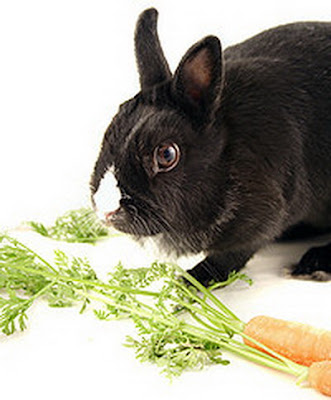There are a few essential facts about rabbits and hutches that you must understand if you are planning to raise a healthy and thriving bunny. There are two general choices when it comes to providing housing for your bunny: an outdoor rabbit hutch or an indoor rabbit cage. Normally, pets are housed in the house and bunny rabbits grown for meat production are kept out-of-doors. In spite of this, pet bunnies can also be successfully kept out-of-doors if there is inadequate space inside.
rabbitrabbit 1
rabbit 2
rabbits 1
rabbits 2
rabbit 3
rabbit 4
rabbits 3
You need to understand some facts about rabbits if you want to keep your bunnies out-of-doors and would like to buy or make a rabbit hutch. An outdoor hutch is most commonly made in the form of a rectangular room. Three sides will be constructed from wood whereas the fourth side is an all-wire mesh. The floor will also be made with wire while the covering (roof needs to be solid and detachable for easy cleanup. The rabbit hutch will typically be placed on four wooden legs which serve a few purposes. First, it maintains cleanliness in the inner area by letting the droppings fall to the ground. Next, it can help keep the bunny away from wild predators. Third, it will make it less of a problem to clean. And fourth, it will protect them from direct sun, snow, or rain.
One of the benefits of a hutch as opposed to an indoor bunny cage is that there will be a good deal less cleaning to do. If you don't clean an inside cage on a daily basis it will usually cause unpleasant odors to become rather intoxicating, but unpleasant odors are generally not a big problem outside. If you live in a small home that lacks enough space to raise a bunny in the house, an outdoor bunny hutch is most ideal. Pet bunnies can just as easily be kept outside.One of the negative aspects of an outside hutch is that the rabbits will be subjected to bad weather. Larger-sized bunnies cope better than smaller-sized ones when the temperatures fall excessively low, and smaller-sized bunny rabbits might not even live through exceptionally frosty weather. Bunnies with long ears might perhaps get their ears stuck on frozen wires which may be the cause of damage to their ears or even loss of life. Bunnies are best suited for the inside, but in moderate climates it is very acceptable to house them out-of-doors.Here are several facts about rabbits that you need to understand if you want to raise bunnies in an indoor pet rabbit cage. There are two main choices when purchasing an indoor pet bunny cage: one level or two. Cages having two levels have a ramp that allows a rabbit to move upstairs or downstairs as it chooses. This gives your pet a bigger area to move around in while not requiring extra floor space. With this type of cage a bunny will remain in good health owing to the extra exercise it will get running up and down the ramp.Raising your pet inside has two key advantages: You won't have to worry about adverse weather or wild predators. And since they are in your home, you won't be able to ignore them. You will be more likely to play with them or allow them to scurry around a bit, which is always a good thing. The negative side to this is that you must clean out their litter tray more frequently. It's not a huge task, but it should probably be done regularly.In summary, it all boils down to this: if you are planning to successfully raise a bunny you should preferably house it in an indoor rabbit cage. Housing it inside means you will be able to give them a good deal more affection. If you are going to keep bunnies for meat production you will most likely want to keep them outdoors or in your garage.































No comments:
Post a Comment